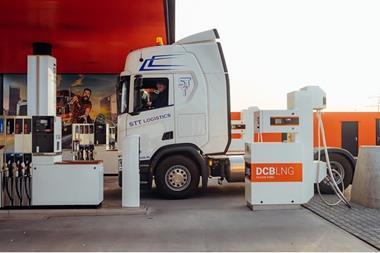Crude futures prices fell below $45/bl at one point in June for the first time since November, as demand growth has been slow. UK retail prices are following with their usual lag. In a sign that rebalancing the market is proving harder than first thought, Opec members are starting to talk about possible deeper cuts.
Opec’s and other producers’ plan in cutting production since January has been to bring ballooning oil inventories back to the five-year average by reducing oil supply enough to force buyers to draw down stocks. This will rebalance the market and lift prices, according to the plan. Compliance with the agreed cuts has remained unusually high, and Opec and non-Opec producers are taking over 1.7mn b/d out of the market.
Most of the de-stocking needs to take place over the coming couple of months for this plan to work, when demand is at its highest during the year. US gasoline demand, which traditionally surges some 400,000 b/d in the summer, will play an important role, but it has been falling by 0.5% from last year, according to official figures. The figures measure gasoline leaving the refinery gate and actual retail sales could be even lower. And US gasoline stocks are higher than last year.
Globally, demand growth has been weak at just 900,000 b/d in the first quarter from a year earlier, the IEA estimates, much lower than the 1.6mn b/d it was forecasting in February. And Brent futures prompt prices have fallen to a discount to 12-month forward prices again from near parity in late May, discouraging stock draws.
Rising output from producers that are not part of Opec’s agreement are also diluting the effect of production cuts. Nigeria and Libya, both Opec members but exempt from the cuts, together added 300,000 b/d of supply in May. The US increased its output by 320,000 b/d from December to March and expects a 700,000 b/d rise next year.
In the short term, UK retail fuel prices may still have some catching up to do. Fuel prices only shrank by 3% excluding tax from the end of May to June 26, while crude and gasoil futures have fallen by 8% and 6%, respectively to June 30.

































No comments yet